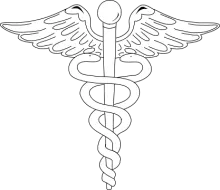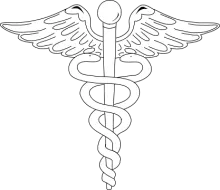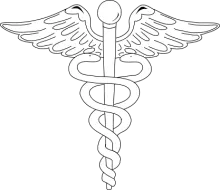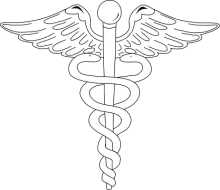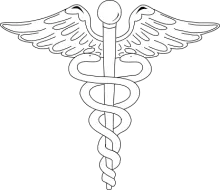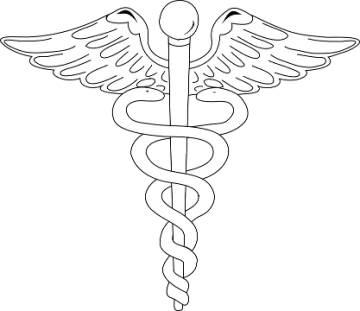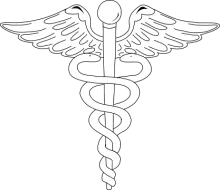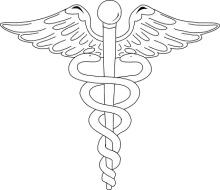Medications used for spine-related pain in older adults may cause adverse drug reactions: part II
Unfortunately, many of the medications that are prescribed for pain management can cause further damage to the body and become addictive if misused. Popular medications like oxycodone, hydrocodone, oxymorphone, and more can, in turn, cause a user dependence and eventual tolerance to the drug — meaning chronic pain is still present. A recent review study has found the following:
